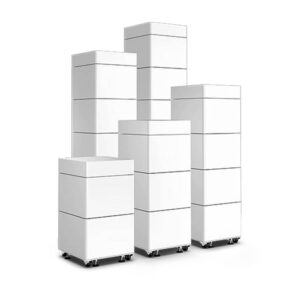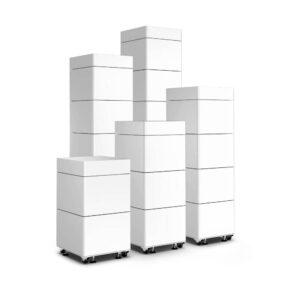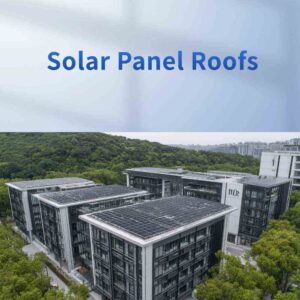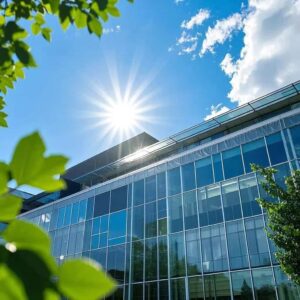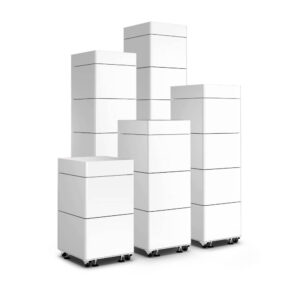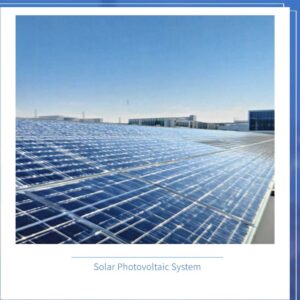You may pick traditional solar panels because they cost less at first. They also work very well and are easy to put in. BIPV is now popular with many businesses and homeowners. BIPV can fit into building designs and looks nice. It works as both a power source and a building part. Businesses use BIPV the most. New technology makes BIPV even better.
| Feature | Traditional Solar Panels | BIPV |
|---|---|---|
| Cost | Lower | Higher upfront, dual use |
| Efficiency | Higher | Improving |
| Aesthetics | Visible | Integrated, attractive |
| Installation | Easier | Complex, best for new builds |
Key Takeaways
- BIPV puts solar technology into building materials. It helps make energy and looks nice too.
- Traditional solar panels cost less money. They are also easier to put in. Many people pick them for fast energy needs.
- BIPV saves space by using walls and windows. Traditional panels only go on roofs or the ground.
- Think about your building’s look and energy use. This helps you pick BIPV or traditional panels.
- BIPV systems need less care because of how they are made. Traditional panels need more cleaning and checking.
BIPV vs. Traditional Panels
What Is BIPV
Some buildings have windows or walls that look shiny or different. These buildings might use BIPV. BIPV stands for Building Integrated Photovoltaics. This means the solar technology is built into the building. You can see BIPV in windows, roofs, or walls. It does more than just make power. It can help keep your building cool or warm. It adds insulation and shade. This makes BIPV special. You get energy and a building part together.
Tip: BIPV can cover more of your building than regular solar panels. You can use almost any part of the building, not just the roof.
What Are Traditional Panels
Traditional solar panels are usually on rooftops. You put them on top of your roof or on the ground. These panels only make electricity. They are not part of the building’s structure. You can add them to most buildings without big changes. Traditional panels work well and cost less to put in. Many people pick them because they are simple and work well.
Main Differences
When you look at BIPV and traditional solar panels, you see some big differences. Here is a quick chart:
| Feature | BIPV | Traditional Solar Panels |
|---|---|---|
| Integration | Part of the building (windows, walls) | Mounted on top of roof or ground |
| Function | Makes electricity and acts as building part | Only makes electricity |
| Aesthetics | Blends with building design | Stands out, visible on roof |
| Usable Area | Can use whole building envelope | Limited to roof or ground |
| Efficiency | Improving, but often lower | Usually higher |
| Cost | Higher upfront, may save on materials | Lower upfront |
| Durability | Built to last, less maintenance | Proven, easy to replace |
| Regulations | Needs more testing and special standards | Follows standard rules |
- BIPV lets you choose more designs. You can match your building’s look.
- Traditional panels give you more energy for your money.
- BIPV needs extra safety tests, like fire and wind checks, because it is a building part.
- Traditional panels follow normal safety rules and are easier to get approved.
Note: BIPV products must pass strict tests, like UL 7103 and UL 7130, for safety and building codes. Traditional panels use UL 1703 and have easier rules.
You should think about what is most important for your building. If you want a modern look and two uses, BIPV might be best. If you want the most energy and lower cost, traditional panels might be better.
Aesthetics
BIPV Design
When you look at a building with BIPV, you may not even notice the solar technology. BIPV blends into the structure. You can see it in windows, roofs, or even walls. The design phase is very important. Architects work hard to make sure the solar parts fit the style of the building. They do not just add panels on top. They plan how the solar elements will look from the start.
- Many architects say that BIPV helps them create modern and elegant buildings.
- Good design makes the solar system part of the building, not just an add-on.
- People often accept solar technology more when it looks nice and fits the building’s style.
Note: Aesthetic integration is a key reason why some people choose BIPV over traditional solar panels.
Visual Impact
You want your building to look good. BIPV lets you keep a clean and attractive appearance. The solar parts do not stick out or look bulky. Instead, they become part of the building’s shape and color. Many building owners and architects say that BIPV makes a building look more appealing. They see it as a way to make a statement about modern design and green energy.
Traditional solar panels often stand out. They can look out of place, especially on older or stylish buildings. BIPV gives you a way to generate power without changing the look of your property. You get both function and beauty. This makes BIPV a popular choice for new buildings and for people who care about design.
Efficiency
BIPV Efficiency
You may ask how much energy BIPV can make. BIPV works as part of your building. How well it works depends on where you put it. Roof BIPV gets lots of sunlight and makes more power. Facade BIPV does not get as much sun. But it helps lower heating and cooling costs.
| Application Type | Efficiency Characteristics |
|---|---|
| Roof-mounted BIPV | Higher output per area due to direct sunlight exposure |
| Facade-mounted BIPV | Lower output per area, but significant reduction in heating/cooling loads |
You can use BIPV in roofs, walls, or windows. These systems make energy while your building works as normal. Facade BIPV may not make as much power as roof BIPV. But it helps save energy by keeping your building cool or warm.
When you look at BIPV and traditional panels, you see a difference. BIPV modules are less efficient than traditional panels.
| Type of Solar Panel | Efficiency Range |
|---|---|
| BIPV Modules | 15-18% |
| Traditional Panels | >24% |
Traditional Panel Efficiency
Traditional solar panels only make electricity. You put them on roofs or on the ground. They get lots of sunlight. These panels use new technology to work better. Most traditional panels have efficiency above 24%. This means you get more power from the same sunlight.
You can trust traditional panels to work well. They do a good job in many places and buildings. You do not lose energy because of where you put them. If you want the most energy, traditional panels are a good choice.
Installation
BIPV Installation
Installing BIPV needs a lot of planning. You have to work with architects and builders. Solar experts also help with the project. This teamwork makes sure the solar parts fit well. BIPV is often used in new buildings. It is easier to add BIPV when you build from the start. A study by NREL says roof BIPV in new buildings can save 44% of install time. If you add BIPV to an old roof, you save about 7% in labor. This is compared to normal solar installs.
You must follow many building and electrical rules. Fire safety rules are different for BIPV. This is because the solar parts are part of the building. You need special skills to connect BIPV to the building. The table below shows how BIPV and traditional solar installs are different:
| Aspect | BIPV Installation | Traditional Solar Panel Installation |
|---|---|---|
| Regulatory Compliance | Complex array of building codes and electrical standards | Standard electrical codes |
| Fire Safety Considerations | Unique fire safety challenges due to integration | Established fire safety standards |
| Specialized Knowledge | Requires integration with building structures | Focus on solar technology only |
Tip: Plan BIPV early in your project. This helps you save money and time.
Traditional Panel Installation
Traditional solar panels are easier to put in. Most installers know how to do this job. You do not need to change your building’s design. You can put panels on your roof or on the ground. The process uses normal electrical and fire safety rules. You do not need special skills, just solar knowledge.
Traditional panels go up fast. You do not need to work with architects or builders. Many companies can install these panels for you. You have many choices for installers. You can start making power soon after the panels are up.
- Quick to install
- Many installers to choose from
- Easy to change design
Note: If you want a fast and easy way to get solar, traditional panels are a good choice.
Cost
Upfront Cost
If you check the price, you will see a big difference. BIPV systems cost more at first. You pay for solar technology and building material together. Traditional solar panels cost less to start. You only pay for panels and installation.
Here is a quick look at the average cost per square meter:
| System Type | Average Cost per Square Meter |
|---|---|
| BIPV Systems | $250 – $400 |
| Traditional Solar Panels | $2,000 |
Traditional panels look more expensive in this table. This is because they include extra costs for mounting and installation. BIPV replaces other building materials, so you save money there. Still, BIPV usually costs 2.5 to 3 times more at first.
Long-Term Savings
BIPV can help you save money over time. It does more than make electricity. It also replaces parts of your building, like roof tiles or windows. You do not need to buy extra building materials. This helps lower your total costs later. BIPV can also make your property worth more. It attracts buyers who care about the environment.
Traditional solar panels cost less at first. You may get your money back faster if you only look at panel price. But BIPV can save you more over the years. It cuts down on energy bills and building material costs.
Let’s compare the typical payback periods:
| System Type | Payback Period (Years) |
|---|---|
| BIPV Installations | 7.5 to 16 |
| Traditional Solar Panels | 8 to 21 |
BIPV and traditional panels have similar payback times. The real savings come from BIPV doing two jobs at once. If you plan to build new or fix up your building, BIPV may help you save more in the long run.
Durability & Maintenance
Lifespan
You want your solar investment to last. BIPV systems give you a long service life. Most BIPV products last between 25 and 30 years if you take care of them. Many manufacturers offer warranties that match this lifespan. You can trust BIPV to stay strong because it becomes part of your building. The materials used in BIPV, like tempered glass and strong frames, help protect your building from weather.
Traditional solar panels also last a long time. Most panels come with a 20 to 25-year warranty. You may see some panels working well even after 25 years, but their power output drops over time. Roof-mounted panels face more wear and tear from wind, rain, and snow. You may need to replace some parts, like inverters, before the panels reach the end of their life.
Here is a quick comparison:
| Aspect | BIPV Systems | Traditional Solar Panels |
|---|---|---|
| Lifespan | 25-30 years | 20-25 years |
| Warranty | Up to 30 years | Up to 25 years |
| Durability | Built into building envelope | Exposed, mounted on roof |
Tip: If you want a system that lasts as long as your building, BIPV offers a strong solution.
Maintenance Needs
You do not want to spend a lot of time or money on upkeep. BIPV systems need less maintenance than traditional panels. Their vertical or angled surfaces help rain wash away dirt and dust. Snow slides off more easily, so you do not have to clear it yourself. You can reach BIPV systems at ground level, which makes any needed checks or repairs easier.
Traditional solar panels need more frequent cleaning and inspections. Roof panels collect dust, leaves, and snow, which can block sunlight. You may need to hire professionals to clean or fix them, especially if your roof is steep or high.
Here are some key points:
- BIPV systems often clean themselves better because of their design.
- You spend less time and money on maintenance with BIPV.
- Traditional panels need more regular care, especially after storms or heavy snowfall.
- Accessing roof panels can be harder and may cost more.
Note: Over 20 years, BIPV can save you money on maintenance and repairs. You get a system that works quietly in the background, letting you focus on other things.
Pros and Cons
BIPV Pros and Cons
Here is a simple list of what makes BIPV special. The table below shows the main good and bad points experts talk about:
| Pros | Cons |
|---|---|
| Good for the environment, makes clean energy with no pollution. | Hard to keep up in the market because of laws and money issues. |
| Uses empty spots like roofs and windows, so you save space. | Growth is limited by how much grid power costs. |
| Lowers how much electric energy you use and can send power to the grid. | Needs laws to help it grow as a business. |
| Helps lower peak power use when lots of people need electricity. |
BIPV lets you use parts of your building that are not used. It helps you pay less for energy and helps the power grid when many people use power. But, there are problems with rules and prices. These things can make BIPV harder to use in some places.
Note: BIPV systems fit into your building, so you get both a nice look and useful features.
Traditional Panel Pros and Cons
You may want to know how traditional solar panels are different. Here are the main things to think about:
- Traditional solar panels can look big and may change how your building looks.
- You pay less at first because these panels cost less than BIPV.
- You can put up traditional panels fast since they go on your roof.
- These panels do not become part of your building, so you do not get extra insulation or design help.
- You might need to clean and check them more, especially if your roof is high or steep.
Traditional panels give you an easy way to make solar power. You get quick results and spend less money, but you might not like how they look on your building.
Decision Guide
Residential Buildings
You want your home to look good and save energy. When you choose between solar options, you need to think about how the system will fit with your house. Many energy consultants say you should look at several factors before you decide. Here is a table to help you compare:
| Factor | Description |
|---|---|
| Architectural Integration | The system should blend with your home’s design and not stand out in a bad way. |
| Material Selection | The materials you pick will change how your house looks and how long the system lasts. |
| Solar Orientation and Shading | You need to check if your roof or walls get enough sunlight and are not blocked by trees or buildings. |
| Customization and Design Flexibility | Some systems let you choose colors or shapes to match your style. |
| Performance Monitoring and Maintenance | You should plan for regular checks to keep your system working well. |
If you want your solar system to look like part of your house, you might like a system that blends in. Some homeowners choose solar panels that look like roof tiles or windows. Others pick traditional panels because they cost less and work well. You should also think about how much energy you use and how much you want to save on bills.
Tip: Always ask about warranties and how easy it is to fix or clean your system. This can save you trouble later.
Commercial Buildings
You may own or manage a business building. Your needs can be different from a home. You might care more about saving money, meeting green building rules, or making your building look modern. Here are some points to help you decide:
- Project budget matters. Traditional solar panels often cost less, so they fit better if you need to save money.
- If you want your building to stand out, you can use a system that becomes part of the building’s design.
- Some systems help you use space better. You can put them in windows or walls, not just on the roof.
- If you need to make a lot of energy, traditional panels usually give you more power for your money.
- Some business owners want to raise the value of their property. A modern solar system can help with this.
Professional installers often tell business owners to look at both the cost and the look of the system. If you plan to build a new office or store, you can use a system that fits right into the walls or roof. This can make your building look new and save space.
Note: Some cities have rules about how buildings should look. You should check these before you choose your solar system.
Special Cases
Some buildings have unique needs. You may have a school, hospital, or a building in a city with tall neighbors. In these cases, you need to think about more than just cost or looks. Here are some important things to consider:
| Decision Criteria | Description |
|---|---|
| Integration of PV systems | Some systems can replace building materials, which can lower your costs. |
| Maintenance requirements | Some systems need less cleaning and fixing, which saves time and money. |
| Cost considerations | You should look at both the price to buy and the price to install the system. |
| Efficiency | Some systems make more power, especially if there is no shade from other buildings. |
| Warranty | Longer warranties can give you peace of mind. |
| Environmental conditions | Weather and shade from nearby buildings can change how much power you make. |
| Customer needs and requirements | You should always think about what your building needs most. |
Installers often say that traditional panels make more energy and cost less. For example, a 10kW traditional system can make up to 405,000 kWh over 25 years. A similar system that is part of the building may make less, but it can look better and save space. If you plan a new building or a big remodel, you can use a system that does two jobs at once—making power and acting as a wall or roof.
Tip: Always talk to a solar expert before you decide. They can help you find the best fit for your building and your goals.
Pick BIPV if you want your building to look new and need both energy and building support. Traditional solar panels are better if you want to spend less and finish fast. The table below shows the main differences:
| Feature | BIPV (Dual Use) | Traditional Panels (Simple) |
|---|---|---|
| Fire Resistance | High | Low |
| Waterproofing | High | Moderate |
| UV Resistance | Excellent | Poor |
| Structural Strength | High | Weak |
- Ask for prices, look for discounts, and check the warranty.
- Read trusted websites like NREL or DOE for more facts.
- Speak with a solar expert to find what fits your building.
Solar panels help you save money and protect the planet. Take time to look at your choices and plan what to do next.
FAQ
What is the main benefit of BIPV over traditional solar panels?
You get two uses from BIPV. It makes electricity and acts as a building material. This can help you save space and improve your building’s look.
Can you add BIPV to an old building?
You can add BIPV to older buildings, but it works best in new construction. You may need special planning and skilled workers for retrofits.
Do BIPV systems need more maintenance than regular panels?
BIPV systems often need less maintenance. Their design helps rain wash away dirt. You spend less time cleaning compared to roof panels.
Are BIPV panels as efficient as traditional solar panels?
Traditional solar panels usually give you higher efficiency. BIPV panels have improved, but they still make less power per square foot.
How long do BIPV and traditional solar panels last?
Most BIPV and traditional panels last 25 to 30 years. You can expect both types to work well for decades with proper care.

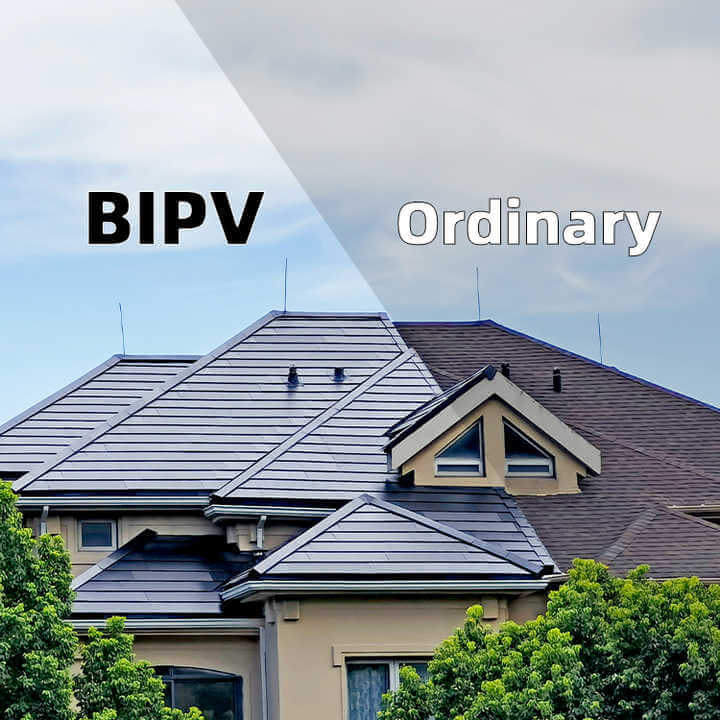
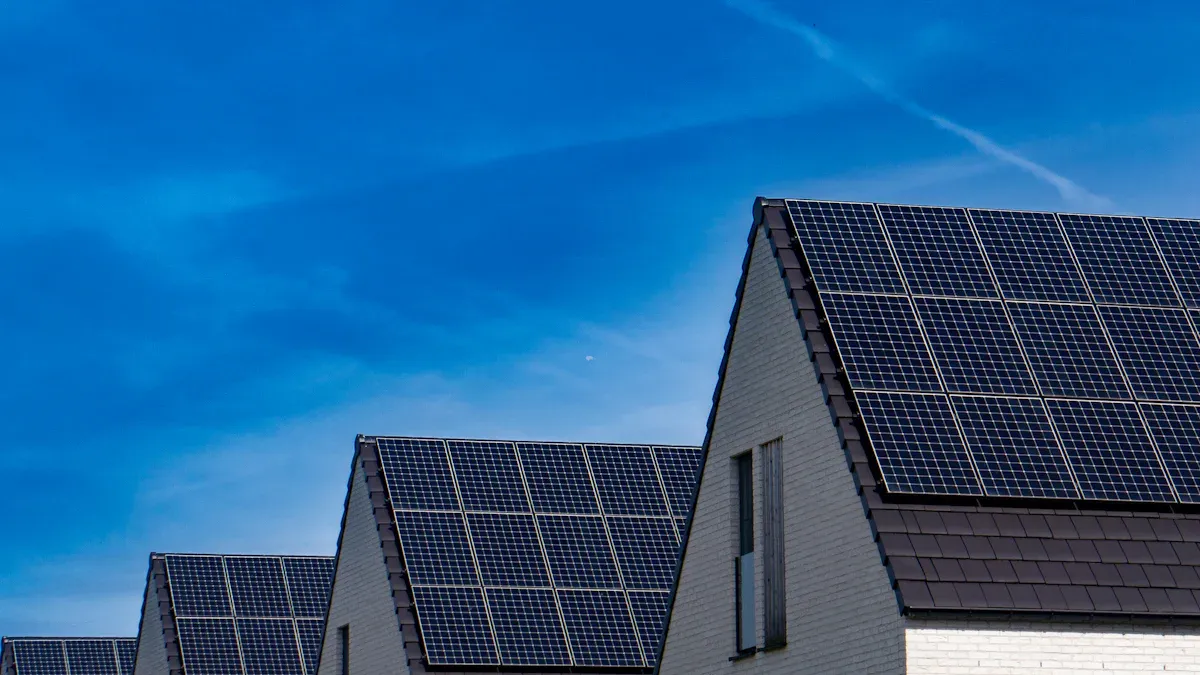
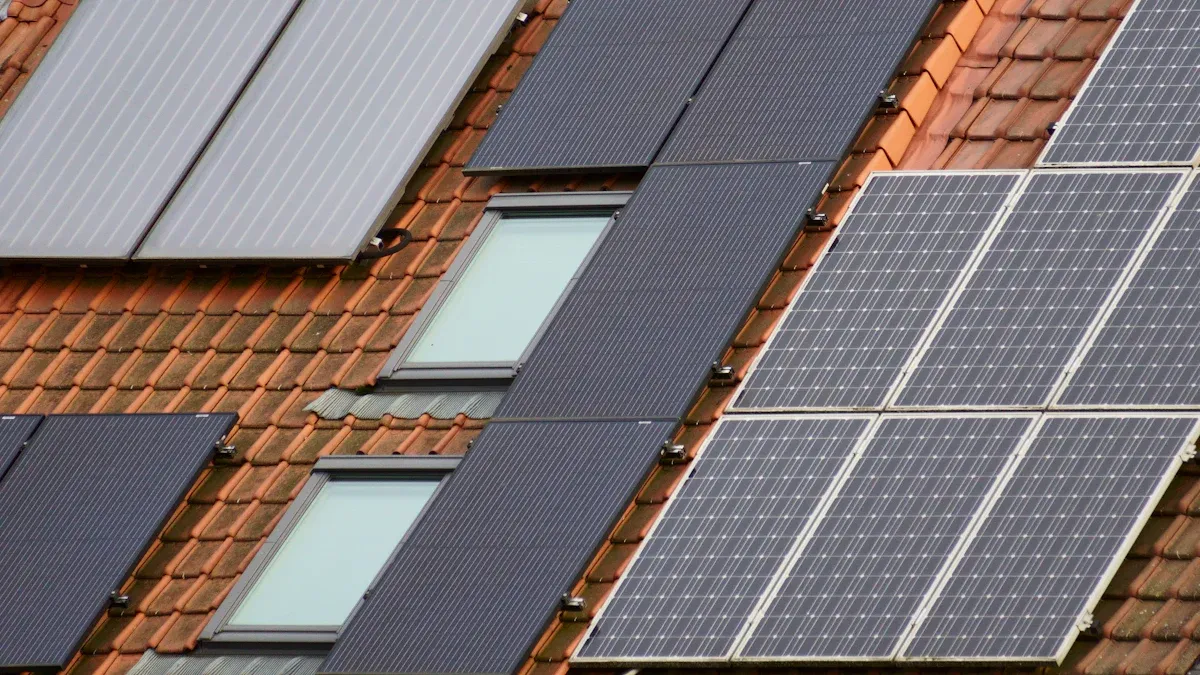
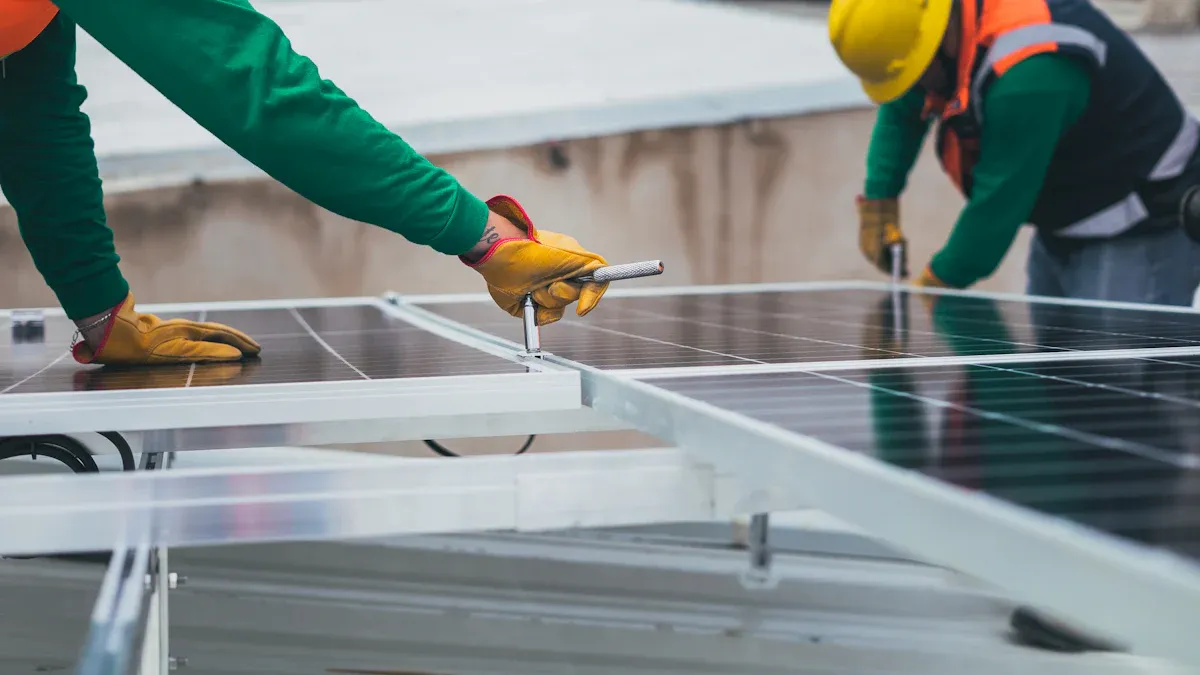

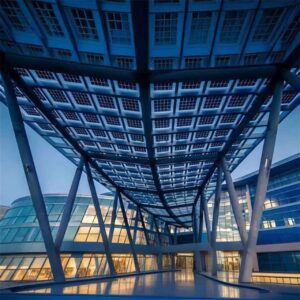
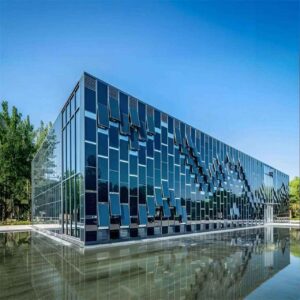
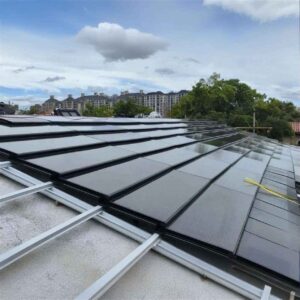
-300x300.jpg)
-300x300.jpg)
